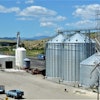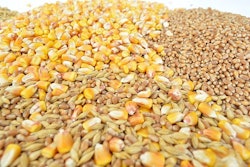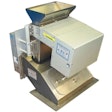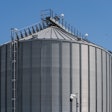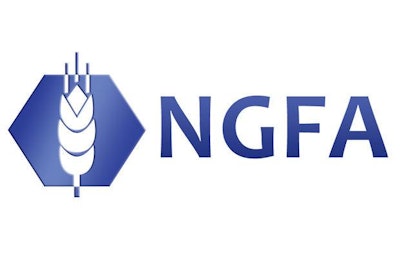
The National Grain and Feed Association (NGFA) commended the Commodity Futures Trading Commission (CFTC) for its October 15 approval of a final rule on speculative position limits that preserves critically important hedging and risk-management strategies for the agricultural industry.
“NGFA congratulates Chairman Heath Tarbert, his fellow commissioners, and CFTC staff on approval of a final rule on speculative position limits,” says NGFA Senior Vice President and Treasurer Todd Kemp. “Our expectation is that the rule will preserve the critically important hedging and risk-management strategies on which our industry has relied for years, and will provide several additional important tools to assist our members as they work with U.S. agricultural producers to manage their market risk and optimize income. We deeply appreciate the willingness of CFTC to be open to NGFA-member companies concerns and input through the rulemaking process.”
The NGFA has been deeply involved in the speculative position limit rulemaking process for more than 10 years. The rule is one of the last unfinished regulatory pieces of business to implement under the 2008 Dodd-Frank Act. The approved rule has seen many significant changes over the decade-long process and is immeasurably improved for the grain, feed and processing industry from previous versions, NGFA said.
NGFA continues to carefully review the final rule, but based upon initial analysis believes it contains the following key elements:
- Spot-month position limits for corn, wheat and soybean futures contracts will increase from 600 to 1,200 contracts.
- Non-spot federal position limits for those commodities will increase dramatically. However, the CME Group will have authority to establish lower exchange position limits.
- Exchanges like CME will have broad authority to manage the hedge-exemption process, with CFTC retaining review authority.
- Bona fide hedging strategies important to the grain, feed and processing industry are maintained, and new bona fide hedges are enumerated for such strategies as hedges of unfilled anticipated requirements, anticipated merchandising, and unfixed price sales and purchases.
- Enumerated bona fide hedges are self-effectuating for purposes of federal hedge exemptions; that is, they do not require approval by the CFTC.
- Following exchange approval of a non-enumerated bona fide hedge, CFTC will have a 10-day review period, during which the market participant may take the hedge position.
- In the expectedly rare instance when an exchange-approved non-enumerated hedge is disapproved by CFTC, the market participant will not be found in violation by CFTC of position limits, provided the market participant did not act in bad faith, and will have a commercially reasonable time to unwind the position.
- The five-day rule, which previously has prohibited bona fide hedgers from exceeding position limits starting five days prior to contract expiration, was jettisoned.
Many elements of the rule, including expansion of strategies enumerated as bona fide hedges and new procedures for approvals of hedge exemptions, will take effect for grain and oilseed futures 60 days following publication in theFederal Register, or in January 2021.

